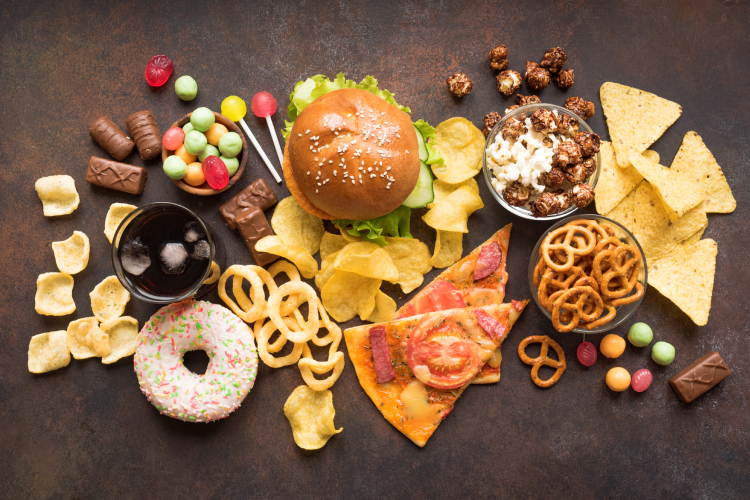What do these foods have in common?
- Chips
- Donuts
- Pizza
- French Fries
- Soda
All of them are guilty of being loaded with trans fat.
What is trans fat you may ask? Because you now know, the foods that have this often unlabeled but present ingredient. Trans fat results from hydrogenation. Hydrogenation is a cooking process where in hydrogen is added to vegetable oil, from this a certain percentage of the unsaturated fat is then transformed into trans fat. Trans fat contains characteristics that make it useful for several reasons:
• Increases the shelf life of packaged food.
• Stabilizes the flavor of foods containing saturated fats, among others.
• Solidifies other key ingredients like margarine and other baked goods.
Unfortunately, it acts like saturated fats in that it clogs the heart’s arteries. This is a serious concern as most Americans consume 4 to 5 times as much saturated fat as trans fat in their diets.
The alarm sounded over trans fat is due to the recommendation of the National Academy of Sciences’ Institute of Medicine, the body which advises the government on health policy. On July 2002, they issued their official position on trans fat: Trans fat worsens blood-cholesterol levels and almost surely increases the risk of heart disease.
Because of this, the FDA issued a ruling wherein food manufacturers have been given until Jan. 1, 2006, to list trans fat on their nutrition labels. The transition was effected to minimize the need for multiple labeling changes, to allow small businesses to use up current label inventories, and provide a measure of savings.
Take note too of the fact that health experts agree that it is not possible to entirely eliminate trans fat from your diet. However, you can take the following steps to ensure it stays at a minimum.
Most food manufacturers have made the move to list trans fat ahead of the deadline, so you can check for the listing of trans fat on the Nutrition Facts panel directly under the line for saturated fat.
When making a choice to choose foods low in saturated fats and cholesterol, use the general rule of thumb. That is remember, that 5 percent of the Daily Value or less is low and 20 percent or more is high.
You can also do trade-offs, you don’t have to permanently give up a favorite food to eat healthier. Try to pick a low fat version of that favorite food, or when you eat food that is high in saturated fat, consume other foods that are lower in fat content, during the day.
You should also be aware that the energy bar you may be eating because it is healthier just might contain trans fat. Again, it is in your interest to check the nutrition panel. Due to the FDA’s new label requirement, dietary supplements contain 0.5 grams of trans fat r saturated fat, must be listed in the supplement facts panel.
This is why trans fat is called the stealth fat, it is found in a lot of dietary supplements and health foods. You may think you are making healthier eating choices, when the reality is what you are doing is clogging your arteries with a new kind of bad fat!







Be First to Comment